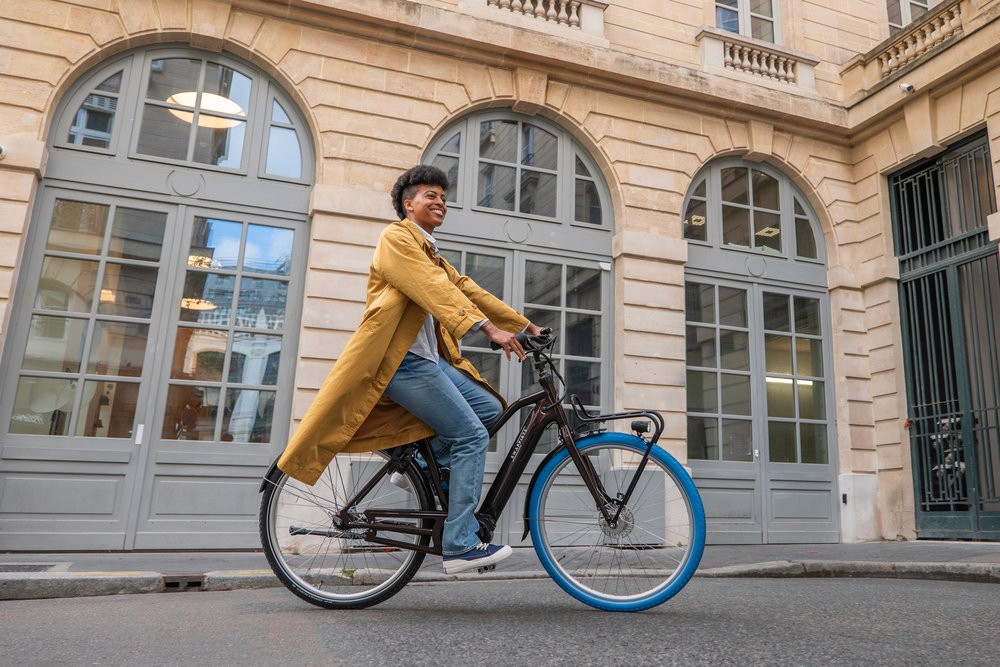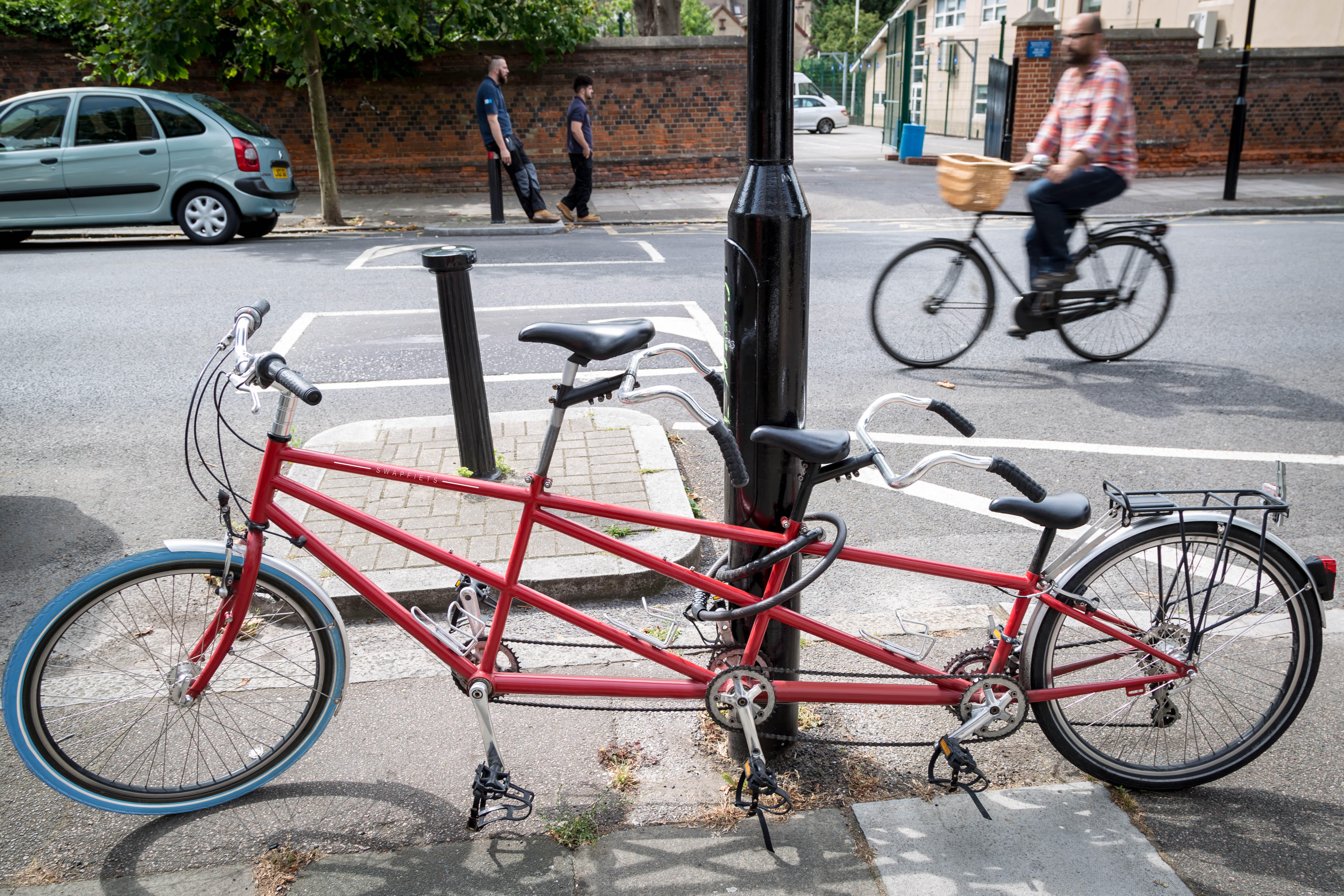On the road to 100% circularity - part 2
Behind the scenes part 2; Optimizing the use phase
Repair or replace?
As you know, we’re working towards a 100% circular Swapfiets (at this moment the Deluxe is 88% circular already). The longevity of our products is our top priority: for the bike itself and for the individual parts. However, with usage comes the risk of breakage. In terms of sustainability, repair is usually the best option. When deciding whether to repair or replace, we always make a tradeoff between safety, quality, productivity, costs and sustainability. For example, when looking at the thickness of the braking pads on the rim brakes; if the pads are still good but near it’s minimal thickness, it is better to replace them in terms of safety, costs and transport impact. Otherwise the bike will be returned again shortly after. We do this in a sustainable way, of course. We often replace defective parts with secondhand items from other Swapfiets bikes. The defective parts are repaired by us or by a third party, to keep the circle flowing. This is what we call remanufacturing, which we will come back to in the next and final ‘closing the loop’ episode of this blog series.
Hiding in plain sight
Unless you’re a bicycle mechanic, you probably have no idea what kind of ‘hidden parts’ a bike contains. Think of lubricants and cleaning materials, for example. On the road to a 100% circular bike, these parts need to become circular as well. Most lubricants still contain toxins and plastics, which could eventually end up in the city’s streets and waters. To prevent this, we are working with our suppliers to find circular solutions for these parts. Our bike cleaning material is already completely biodegradable. Next to these invisible parts, there are also many external parts that we take into account. Think of the energy used in all Swapfiets locations – and by that we do not mean the human energy of all the hardworking swappers. Our goal is to use renewable energy to power all our locations. This is already the case for all our retail locations across cities in Europe. The warehouses are already at 60% and will become 100% supplied by renewable energy soon, together with our headquarters! This means that the energy we use to repair our bikes has a low, almost climate neutral, footprint.
Data driven moves
Ah yes, zeros and ones. It might seem abstract, but we know from experience that data collection can really help us move forward! The data tells us how you use your bike. It also tells us when and why repairs are needed. Basically, it’s connecting the dots. The numbers give us insight and tell us why certain parts of the bike are failing. It also helps us to prevent this from happening in the future. We know the number of repairs needed per year, but imagine connecting this information to locations, the amount of miles cycled per year and how our users behave. This allows us to improve our processes and the individual bike parts even more! For example, our current data shows us that vibration is a larger source of defects in cities with rough cycling infrastructure. Meaning for example that we have to pay extra attention to tightening all the bolts for our bikes in the more rural area of Maastricht, in the south of the Netherlands.
Track & trace
Some parts of our bikes are not ours to keep, but need to be considered as a service from others. Just like when you rent your Swapfiets with us! For our tires, for example, we use this Product As A Service (PAAS) model with ‘Tyres as a Service’ from Vittoria. We trace the parts that we use as PAAS. It shows us if certain parts are still in good condition or if they might need to go back to the responsible manufacturer for repairs. For example, when we notice the minimum amount of profile thickness on the tires is no longer sufficient, we’ll return them to the Vittoria factory where they will be sustainably recycled. By choosing usage over ownership, we choose circularity in the use phase.
Want to know more? Check scenes part 3: the closing the loop phase.
About Swapfiets
Swapfiets is the world’s first ‘bicycle as a service’ company. Founded 2014 in the Netherlands, the scale-up quickly developed being one of the leading micro mobility providers in Europe with 280.000 members in the Netherlands, Germany, Belgium, Denmark, France, Spain, Austria and UK.
The concept of Swapfiets is quite simple: For a monthly subscription fee, Swapfiets members receive a fully functional bicycle or e-mobility solution for their own use. If needed, a repair service is available within 48 hours to repair or directly swap the two-wheeler at no additional cost.






